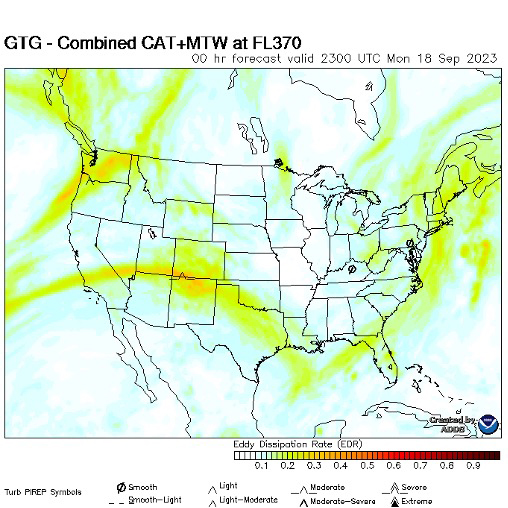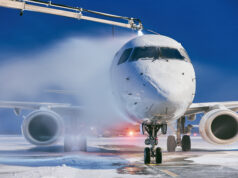
You’re flying your usual leg from Salt Lake City (SLC) to Dallas (DFW) for the hundredth time on another beautiful sunny day with blue skies. The airborne view of mountains is undeniably breathtaking for a hundredth time. However, you notice turbulence at varying intensities ranging from one of your smoothest flights to the most turbulent. Sometime this turbulence was expected, and necessary altitude/route changes were made to avoid turbulence resulting in minimal disruptions to the in-flight services. However, this is not always the case and while the marvels of flying have gripped humanity for centuries, passengers and crew members can relate to the discomfort and fear of flying brough about with turbulence. So, you ask yourself, why were some flights smoother than others, and what caused the turbulence?
What is Turbulence? A generic answer to this question may include the chaotic motion of air, but a detailed answer will require a solid understanding of college-level calculus and differential equations. In fluid dynamics, turbulence is the chaotic change in flow and is the opposite of laminar flow, the fancy name for smooth flow. As aviators, we often forget that the atmosphere we fly in is characterized as a fluid. Therefore, the dynamics of the atmosphere are forecasted and studied using mathematical equations.
The probable occurrence of mountain wave turbulence may be understood by invoking the Boussinesq equation, and the Scorer parameter helps us understand the potential for turbulence to exist. Qualitatively, the vertical stability of the atmosphere, wind-flow over the mountain, frontal activity, etc. determine the duration, intensity, location, and size of the turbulence. Turbulence is one of the many aviation weather hazards, but in extreme cases, flying in turbulence could result in aircraft structural damage and injuries, sometimes with fatalities. As a professional pilot, you have heard of “mountain wave turbulence” and are familiar with forecast products such as the Graphical Turbulence Guidance (GTG). These products are useful to help you avoid altitudes or regions with the potential for clear air turbulence (CAT) and/or mountain wave turbulence (MWT). An overview of the GTG algorithm and product are available at aviationweather.gov/turbulence/help. The greater your familiarity with these products, the more prepared you will be. Smarter pilots are better pilots. And remember, turbulence associated with convective activity, i.e., thunderstorms, are not included in this product since turbulence is one of the many expected hazards associated with a thunderstorm.



















































